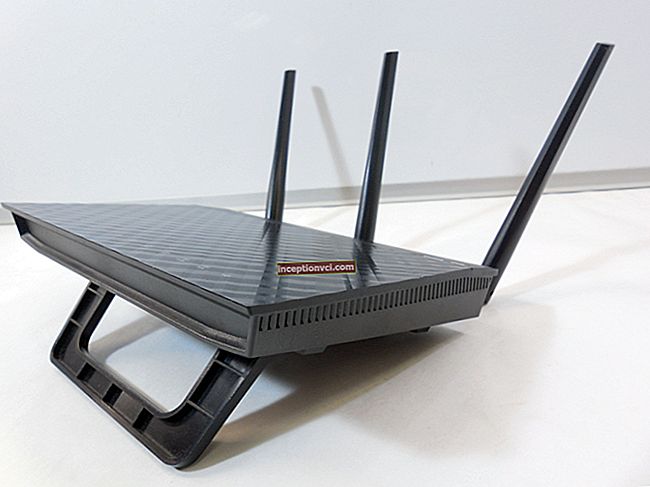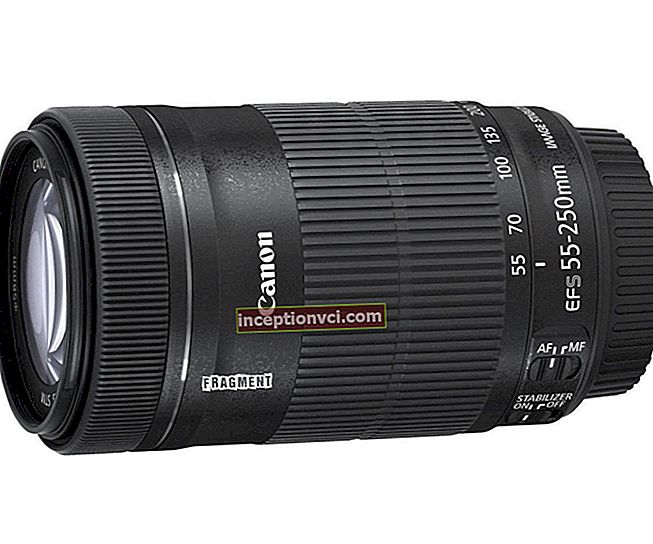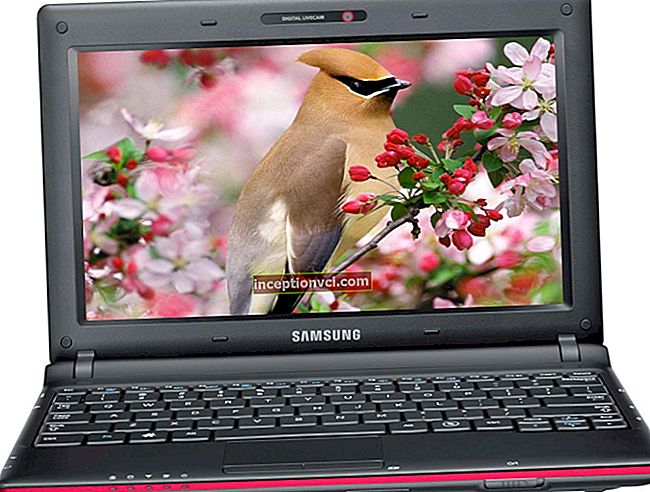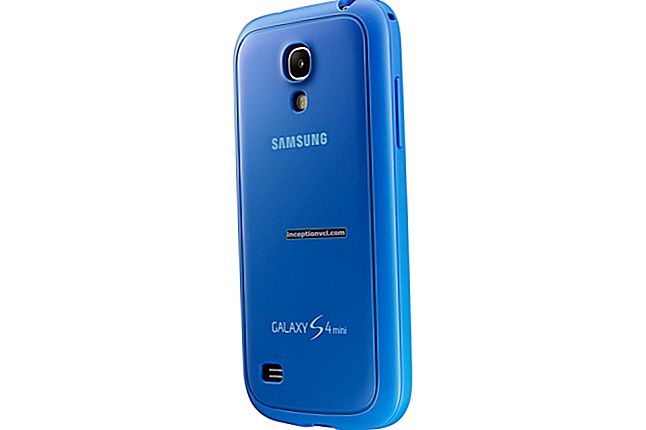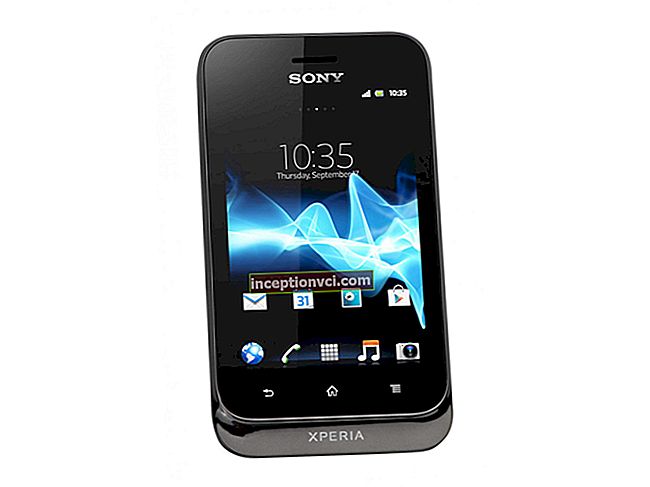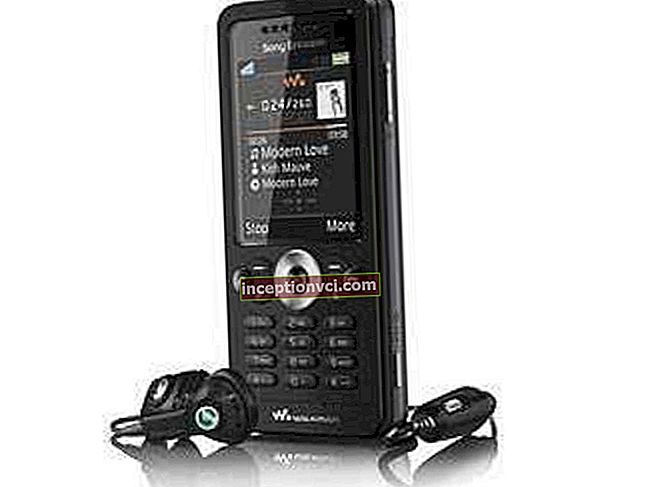What can be the most beautiful thing, how to watch the starry sky at night? Who does not like to lie on the ground all night and look for Ursa Minor and Ursa Major or other constellations, and then try to make a wish after seeing a shooting star.

And then one day you were seriously interested in such an extraordinary and mysterious science as astronomy. And how can we do without such an important instrument as a telescope? Now you are puzzled by the daunting task of choosing a telescope. And why is it so difficult? Because nowadays there is a huge selection of telescopes.
The most important point in this case is how much money you can spend on this tool. But even if you do not have that much money, do not be discouraged, in this case you can buy a telescope, albeit not the most powerful one.
All telescopes are classified into reflectors (mirror), refractors (lens) and mirror lens. Any of these designs has both advantages and disadvantages.
The most important characteristic of every telescope is its objective diameter, that is, the aperture. With a larger aperture, you can see a clear and bright image of a celestial body, see more objects in the night sky and discern the smallest details. And it's worth knowing that the larger the telescope aperture, the higher its price. If you want to buy a telescope for a beginner or as a gift to someone or your child, you can get by with a telescope with an aperture of up to 70 millimeters. But for an amateur astronomer, this would be a bad option, that is, you need to purchase an instrument with at least a 90 mm diameter. Well, for a professional, more than 150 millimeters are suitable.
Let's figure it out now with your goal. If you want to observe the planets, our satellite - the Moon, double stars, then the refractor telescope is suitable for you. This design of the telescope transmits up to 90% and, therefore, gives a contrast, bright and clear image. And also, these lens telescopes have a closed optical tube, which does not allow anything unnecessary to get inside. There is only one main drawback - they are very large, their length can reach more than one meter. So, if you have to put the refractor on the balcony, then this is not the best option for a telescope. As an option - mirror-lens. The main feature of such a tool is its light weight and compactness. This type of telescope is more perfect, as it is free from various image distortions. And one more plus is that they are adapted for astrophotography. But there are also disadvantages in them - they transmit only 75% of the light and a high cost.
Observing galaxies and nebulae requires a high-aperture reflector with a large aperture. They transmit 80% of the light. These telescopes are completely achromatic and have a low cost for the same aperture compared to others. The disadvantages of mirror telescopes include the fact that they are bulky, have a lot of weight, have various image distortions and also are not durable, due to the open optical tube, on which dust settles and it is necessary to clean the mirror.
If you also want to observe terrestrial objects, then you need to buy a refractor or telescope of a mirror-lens system on an azimuth mount. This mount is easy to use, convenient for terrestrial observation, and is much cheaper. On an azimuth mount, the telescope can be rotated vertically and horizontally. To observe a celestial body, it is necessary to turn on both axes with two knobs.
The equatorial mount is suitable for observing celestial objects. It is made in such a way as to rotate the telescope following the rotation of the celestial sphere.To keep a certain astronomical body in the field of view, it is necessary to turn only one handle on the mount, which is responsible for rotating the telescope around the polar axis. You can also install an electric motor to rotate the telescope for you.
There are telescopes with GO-TO controls. They have a computer with a large database of a huge number of objects. To aim at an object of interest, you just need to find it in the database and the telescope itself will move in the desired direction. But do not forget that this system will work without your efforts. You need to make some adjustments first before specifying the desired object. Therefore, you need to know how to handle such a telescope.
If you want to do astrophotography, you need to know that you will not get high-quality photos with telescopes with a small aperture; you need to choose a telescope on an equatorial mount with an electric motor and you will also need an electric focuser. This fixture will eliminate image shake.
The magnification of the telescope can be changed using the eyepieces and focal length. As a rule, the telescope comes with 2 eyepieces, which are marked with their focal lengths. To find out the magnification with which you are looking at an object, you need to know the formula: the focal length of the telescope must be divided by the focal length of the eyepiece. In the future, you can purchase eyepieces for large magnifications. But you just need to know that there is a maximum magnification of the telescope. It can be found by multiplying the diameter of the telescope objective by 2. You should not buy eyepieces that, according to the formula, are greater than the maximum magnification, as you can get a dull and blurry image.
So what can you see through a telescope? It all depends on the state of the atmosphere and on the skill of the observer, but not only on the telescope. On astronomical instruments with a 50 mm aperture, you should see some craters of the Moon, bright objects from the Messier catalog and planets. But you won't be able to see the details on the planets.
Lunar craters with a diameter of 8 km, rings of Saturn, the polar caps of Mars, faint stars up to 11 magnitude and other celestial bodies can be seen through an 80 mm reflector or a 70 mm refractor. And the distant planets Neptune and Uranus will be visible in the form of stars.
Faint stars up to magnitude 12, Lunar craters with a diameter of 5 km, the Cassini slit in the rings of Saturn, Neptune and Uranus in the form of small disks, as well as the phases of Mercury can be viewed through a 120 mm reflector, a 90 mm refractor or a 125 mm mirror lens.

Moon
Details of the Lunar Mountains and craters 3-4 km, stars of 13 magnitude, cloud belts on Saturn, comets and asteroids, the Great Red Spot of Jupiter and many other objects can be seen through telescopes such as a mirror-lens and a 150 mm reflector.

Venus
A mirror-lens telescope or reflector with a lens diameter of 200 mm and more will make it possible to see stars of magnitude 14, the moons of Saturn, nebulae and galaxies, Lunar craters up to 2 km, disks of Uranus and Titan.

Galaxy M51
In our online store you can choose and buy a telescope that suits you best.
